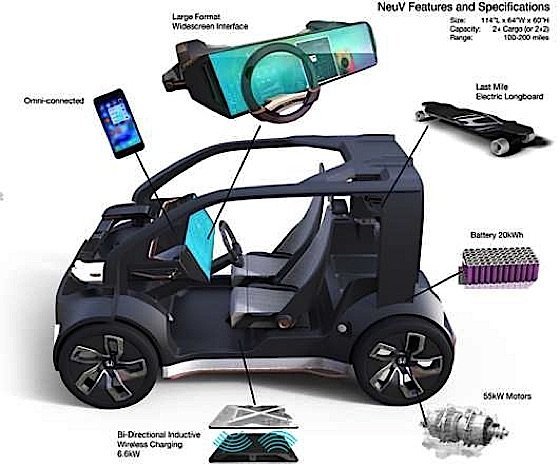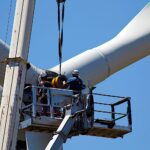It’s always chicken and egg. Build the zero-emissions vehicles, but where can you charge them? Or build the zero emissions charging stations, but no one is using them? Which comes first?

Canada is moving to build the infrastructure needed to make zero emissions a reality. With 24% of carbon emissions coming from cars and trucks, the move is a necessary one. Ambitiously, the plan is due in 2018.
“Developing a national strategy on zero-emission vehicles is one more way Canada can lead the global transition to the low-carbon economy while creating good jobs and giving Canadians more choices the next time they need to buy a vehicle.” — Jim Carr, Canada’s Minister of Natural Resources

In 2015, light duty vehicles generated approximately 50 percent of transportation related greenhouse gas emissions, which represents 12 percent of total emissions. If all transport emissions are considered, this represents 24% of national carbon emissions.
Mark Garneu, Minister of Transport explains the importance:
“We understand Canadians’ concerns about the environment and are developing an aggressive strategy to tackle climate change by taking actions to reduce greenhouse gases and air pollution. By putting more zero emission vehicles on the road, we are investing in the future of cleaner transportation for all Canadians.”

The announcement was made by two of Canada’s ministers, indicating it’s importance: Honourable Marc Garneau, Minister of Transport and the Honourable Navdeep Bains, Minister of Innovation, Science and Economic Development. Specifically, they announced, “the Government of Canada is moving forward with provincial and territorial partners, industry and stakeholders, to develop a national strategy to increase the number of zero-emission vehicles (ZEVS) on Canadian roads by 2018.”
12 new electric, hydrogen and hybrid vehicles:
Transportation accounts for about 24 percent of Canada’s emissions, mostly from cars and trucks. ZEVs which include battery electric, plug-in hybrid, and hydrogen fuel cell vehicles, offer the potential to significantly reduce greenhouse gas emissions from the light-duty vehicle sector. Canada is also uniquely placed to take advantage of the opportunities associated with the advanced technology driving this evolution – including innovation, R&D and talent – to create high quality middle class jobs.
Under the Pan-Canadian Framework on Clean Growth and Climate Change, federal, provincial and territorial governments committed to work with industry and stakeholders to develop a Canada-wide ZEV strategy by 2018. This strategy will be ambitious and will build on existing initiatives, such as light-duty vehicle regulations, provincial ZEV programs, and Canadian innovation superclusters, to help meet our 2030 greenhouse gas emissions reduction target and realize our potential as a global leader in innovation and the clean economy.

To advance the strategy, a national Advisory Group has been established to contribute to developing options for addressing the key barriers for greater deployment of these technologies in five areas: vehicle supply, cost and benefits of ownership, infrastructure readiness, public awareness, and clean growth and clean jobs. The Advisory Group includes representatives from governments, industry, consumer and non-government organizations and academia.
The Government of Canada has made an important start in supporting further deployment of ZEVs by providing $62.5 million through Budget 2016 and an additional $120 million through Budget 2017 for Natural Resources Canada to deploy infrastructure for electric vehicle charging and refuelling stations for alternative fuel such as natural gas and hydrogen, as well as to support technology demonstration projects. Investments like this will make it easier for Canadian ZEV drivers to travel farther, enabling them to do their part to address our climate change challenge.






























